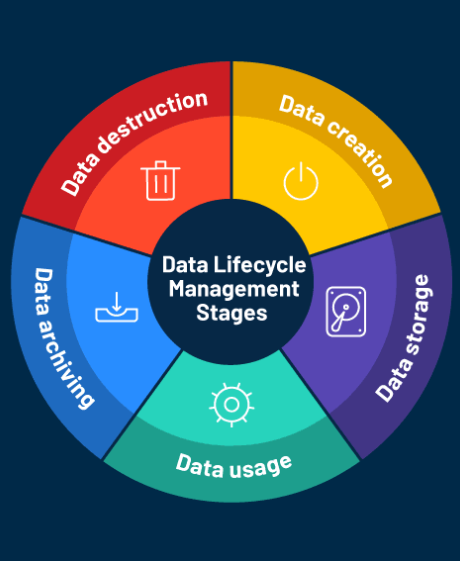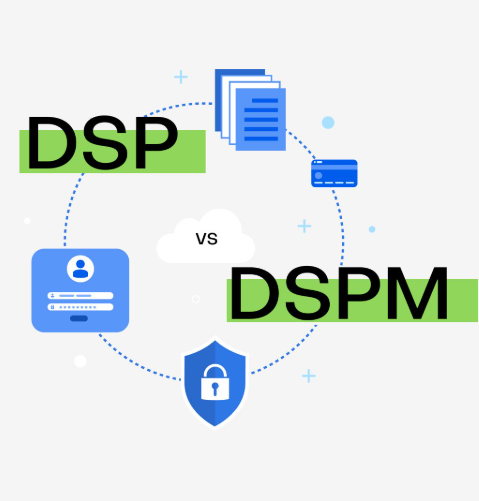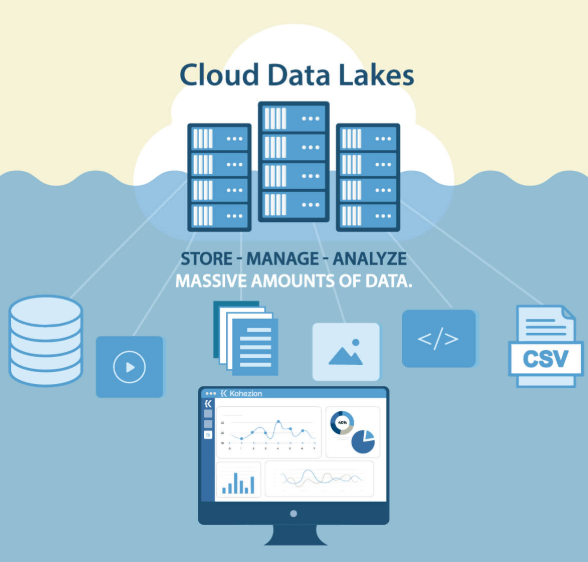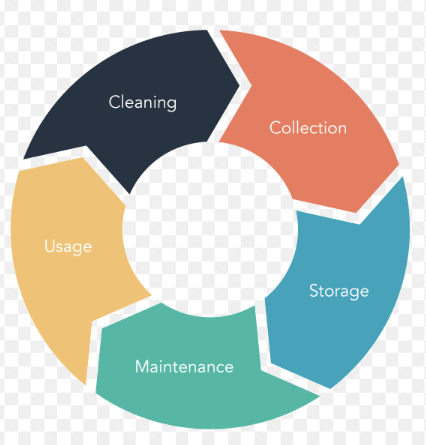
In today’s fast-paced business environment, managing data effectively is key to staying ahead of the competition. One major challenge many organizations face is dealing with unstructured data within their data warehouses. This post delves into the importance of managing unstructured data, how to identify and handle it, and why addressing this issue is crucial for unlocking business potential.
What is Unstructured Data?
Unstructured data refers to information that doesn’t follow a defined model, making it more difficult to store and analyze. Unlike structured data, which fits neatly into tables, unstructured data can take many forms, including text documents, images, videos, social media posts, and more. In a modern data warehouse, unstructured data is common, but managing and extracting insights from it can be challenging. Without the right tools and strategies, organizations can miss valuable opportunities.
Why Unstructured Data Needs Attention
Failing to manage unstructured data can lead to several negative consequences, such as incomplete business insights, compliance issues, and a competitive disadvantage. However, organizations that effectively manage this data can gain critical insights, improve decision-making, and enhance their overall performance. Here’s a closer look at how to find, manage, and utilize unstructured data in your data warehouse.
Types of Unstructured Data
Unstructured data comes in many different forms, which requires different management approaches:
- Text Documents: These include Word files, PDFs, emails, and chat logs.
- Images: Photos, scanned documents, and screenshots.
- Videos: Training videos, promotional content, and recorded meetings.
Each type of unstructured data requires specific tools and techniques for effective management.
Challenges with Unstructured Data
Unlike structured data, unstructured data presents a set of challenges for traditional data warehouses:
- No Schema: Unstructured data lacks a predefined schema, which complicates storage and retrieval.
- High Volume and Variety: The sheer volume of unstructured data can overwhelm standard storage solutions.
- Integration Difficulties: Merging structured and unstructured data for comprehensive analysis requires specialized tools.
How to Identify Unstructured Data
To manage unstructured data effectively, it’s crucial to first identify where it resides within your data warehouse. Some useful methods include:
- Data Audits: Regular audits help uncover hidden sources of unstructured data.
- Metadata Analysis: Reviewing metadata can reveal the presence of unstructured data types and their origins.
Tools for Discovering Unstructured Data
Several tools can assist in discovering and cataloging unstructured data:
- Data Catalogs: Tools like Alation and Collibra offer insights into both structured and unstructured data within your system.
- Automated Discovery: Solutions such as Apache NiFi can automate the process of finding unstructured data, saving time and reducing errors.
Strategies for Managing Unstructured Data
Once identified, integrating and transforming unstructured data becomes the next challenge:
- Data Integration: Integrating unstructured data with structured data is essential for meaningful analysis. Tools like Apache NiFi and Talend help adapt the ETL (Extract, Transform, Load) process for unstructured data. Storing unstructured data in data lakes (e.g., Hadoop or AWS S3) can simplify this integration.
- Data Transformation: Converting unstructured data into structured formats allows for easier analysis. Technologies like Natural Language Processing (NLP) can transform text, while tools like Google Cloud Vision and Amazon Rekognition help process images.
Storage Solutions for Unstructured Data
Storing unstructured data requires flexible, scalable storage systems:
- NoSQL Databases: Databases like MongoDB and Cassandra provide schema-less storage solutions, ideal for unstructured data.
- Data Lakes: Storing unstructured data in data lakes enables easier integration and processing of both structured and unstructured data.
Benefits of Managing Unstructured Data
Effectively managing unstructured data offers numerous benefits:
- Better Decision-Making: By combining structured and unstructured data, businesses gain a more comprehensive view of their operations, leading to informed decisions.
- Improved Customer Insights: Analyzing customer feedback, social media posts, and other unstructured data helps businesses personalize their services and improve customer engagement.
- Increased Efficiency: Efficient management of unstructured data reduces manual work, saves on storage costs, and optimizes resources.
Risks of Ignoring Unstructured Data
Failing to address unstructured data can result in significant drawbacks:
- Incomplete Insights: Without proper management, valuable insights hidden within unstructured data remain untapped, leading to missed business opportunities.
- Compliance Issues: Unstructured data may contain sensitive information, posing data privacy risks and complicating compliance efforts.
- Loss of Competitive Edge: In today’s data-driven economy, businesses that ignore unstructured data risk falling behind competitors who are leveraging it for innovation and market advantage.
Best Practices for Unstructured Data Management
To manage unstructured data effectively, consider these best practices:
- Data Governance: Establish clear data management policies and assign responsibility to data stewards who ensure quality and compliance.
- Data Quality and Metadata Management: Regular data quality audits and standardized metadata protocols are crucial for maintaining an organized and accurate data warehouse.
- Scalable and Flexible Architecture: Adopting hybrid solutions, like combining traditional data warehouses with modern data lakes, provides scalability and flexibility. Cloud platforms can also offer expanded storage and processing capabilities.
Conclusion
In today’s data-centric world, managing unstructured data in your data warehouse is no longer optional—it’s essential. By properly integrating and analyzing unstructured data, businesses can gain valuable insights, enhance decision-making, and stay competitive. With the right tools, strategies, and best practices, organizations can turn unstructured data into a strategic asset that drives growth and success.


































































